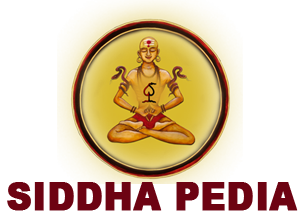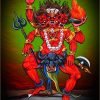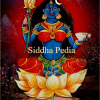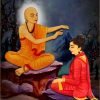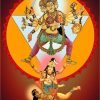Paap Mochini Yogmaya
Yogmaya is the primordial shakti of this universe. At the beginning of the time, when there was only nothingness everywhere, She existed as an inseparable part of Brahma. She and Brahma are inseparable because they are the same. Brahma or Shiva is passive while Yogmaya or Shakti is that entity that is active and which
